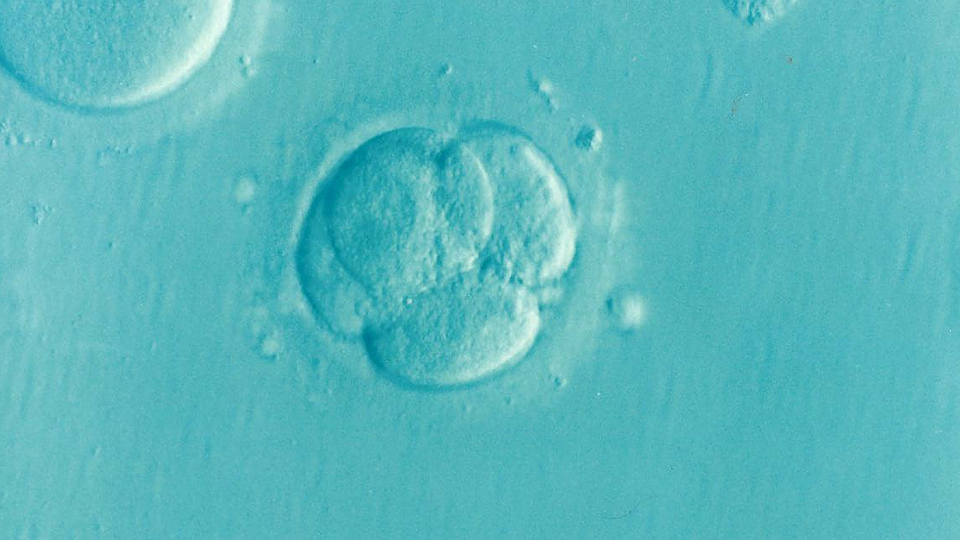How to Make a Human: The Startling Advancements in Embryonic Science and How They Could Affect Generations Yet Unborn
By Elise Ellsworth
On December 8, 2017, Amnesty International hosted a conference: “Crossing Frontiers: Moving the Boundaries of Human Reproduction.” “Building Embryo-Like Structures In Vitro” and “How to Make a Human” were two among many sessions on similar topics presented at the conference. In these two sessions, complex procedures were presented in which embryo-like structures were grown in a lab and methods were outlined which might make it possible to produce artificial sperm and eggs in a laboratory setting.
One purpose of this conference was to challenge the international 14-day rule of embryonic stem cell research, a rule that limits embryonic research to the period before gastrulation. One scientist at the conference argued for a “moral limit” instead of the 14-day rule. This would limit research to the point a developing entity might feel pain or begin brain development. However, he pointed out that there is currently no way to test for consciousness in any developing organism. The 14-day rule once seemed a far mark for those who study in vitro human development. But in recent years scientists have pushed the envelope to 12 and 13 days of in vitro embryonic development. Embryos normally implant in the uterus around day seven.
How far should science be allowed to go in the creation of life? Should embryonic stem cell research be allowed at all? Creating innocent life forms in the name of scientific advancement raises many complex issues.
Scientists say that allowing more extensive research on embryos would aid couples struggling with infertility. However, for others, including the devoutly religious, the 14-day rule seems arbitrary – to destroy a developing embryo is to destroy a developing human being. Moving beyond these limits is even more unimaginable.
In March 2004, the United State President’s Council on Bioethics released statement which read, in part: “Many people regard embryos as human beings at the earliest stage of life, and thus worthy of the same respect and protections that we afford all human persons. Even among many who do not assign human embryos the moral standing of “full persons,” intentional destruction of developing human life is a cause for some ethical disquiet. To regard developing human life as a mere means—even a means to a noble end, such as the alleviation of suffering—presents a moral problem with potentially serious consequences for society as a whole.”
Creating human beings is serious business. Should not society and its members have a right to decide what they will and will not allow as far as the development of innocent life? Humanity involves feelings deeper than the thrill of discovery. Love, joy, pain,and sorrow are emotions that accompany the experience of life and are deeply intertwined with it. And while there are still many scientific discoveries to be made, limits on in vitro embryonic research should be carefully considered to prevent harm to innocent life. As science continues to push the envelope and discard and destroy as it suits their agenda, may we continue to hold life sacred. These rules and laws were put into place to protect life, may we hold science accountable to these rules that they might learn to respect and protect life as well.

